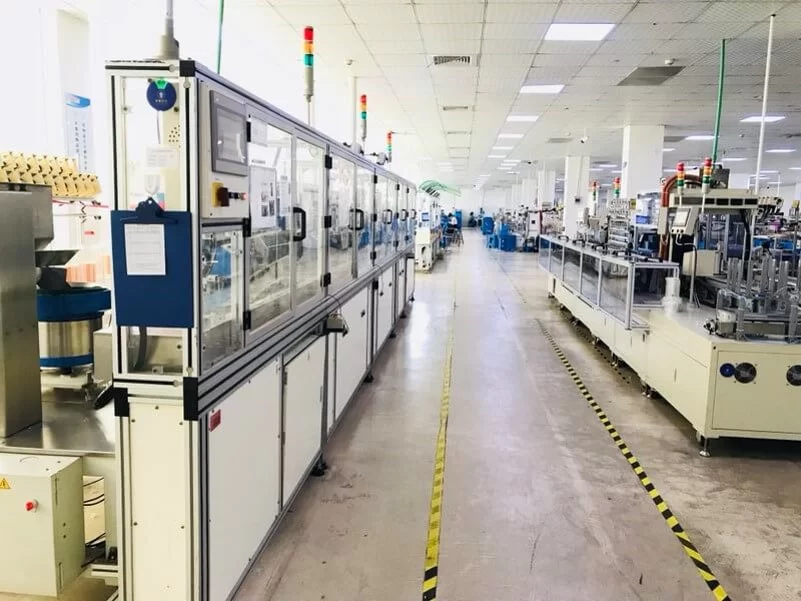A general purpose relay is an electromagnetic switch that is used to open or close a circuit. It is usually controlled by a switch or a simple circuit. The coil in a relay is powered by current from a switch or circuit. This causes a magnetic field to be generated, which activates the switch.
When the current to the coil is interrupted, the magnetic field disappears and the switch is deactivated. General purpose relays are used in a variety of applications such as automotive, industrial and consumer electronics.
In this blog post, we explain how general purpose relays work and discuss some of the most common applications for this type of relay.
What is a General Purpose Relay?
A general purpose relay is an electromechanical device used to open or close a circuit in response to an electric current or magnetic field. General purpose relays can be normally open (NO) or normally closed (NC). Normally open relays will close the circuit when activated, while normally closed relays will open the circuit when activated.
General purpose relays come in many shapes and sizes, and in both AC and DC versions. They are usually designed for high current applications and can handle loads up to hundreds of volts and hundreds of amps.
Different types of General purpose relays
General purpose relays are electrical devices used to open and close electrical circuits. They are versatile and can be used in a variety of applications. Here are some common types of general purpose relays:
Electromechanical Relays: These relays use a coil and a mechanical switch to open or close a circuit. They are simple and reliable and can handle high voltages and currents.
Solid State Relays: These relays use semiconductor devices to open and close circuits. They have no moving parts, which makes them more reliable and durable than electromechanical relays. They are also faster and quieter.
Time Delay Relays: adjustable delay timer relay are used to control the timing of a circuit. They have a built-in delay that allows the circuit to turn on or off after a certain amount of time has elapsed.
Overload Relays: These relays are designed to protect motors and other equipment from damage due to overloading or overheating. They can be combined with contactors for extra protection.
How Does a General Purpose Relay Work?
A general purpose relay is an electric switch that can be used to control various devices and circuits. When current is applied to the coil of a general purpose relay, it generates a magnetic field. This magnetic field activates the armature, which in turn closes the switch and allows current to flow through the circuit. When the current is removed from the coil, the magnetic field is also removed and the armature returns to its original position, opening the switch and breaking the circuit.
Applications of General Purpose Relays
General purpose relays are multifunctional devices with a wide range of uses. Here are some common applications for general purpose relays:
Industrial Control: Relays are widely used in industrial control applications such as controlling motors, pumps and other machinery. They are often used in conjunction with contactors to switch high voltage and high current circuits.
Home automation: Relays can be used in home automation systems to control lighting, appliances, and other devices. They can be controlled remotely using a smartphone or other device.
Automotive Applications: Relays are used in automotive applications to control headlights, horns, and other functions. They are also used in automotive control systems such as engine management systems.
Alarm Systems: Relays can be used in alarm systems to open and close circuits based on sensor inputs. They are often used in conjunction with sirens or other warning devices.
Medical Equipment: Relays are used in medical equipment such as X-ray machines and MRI scanners to control power and other functions.
Conclusion
A general purpose relay is an electrical switch that can be used to control a wide variety of loads. It consists of coils, contacts and switches. When the coil is energized, it creates a magnetic field, closing the switch and completing the circuit. This allows the relay to control devices using various power levels, both AC and DC. If you have any questions about our products, please feel free to contact us at sales@shenler.com.
